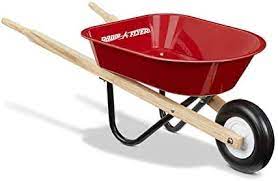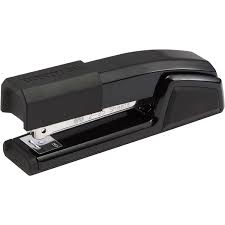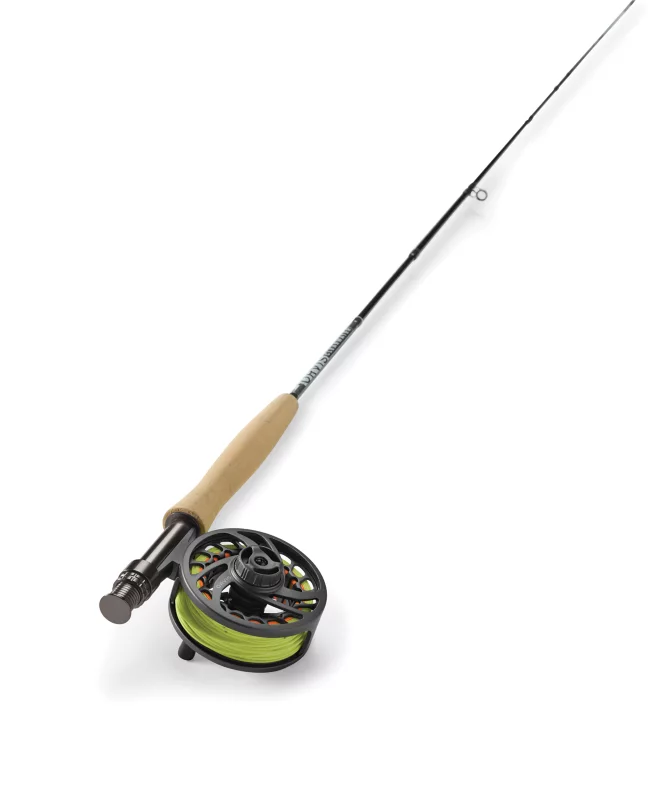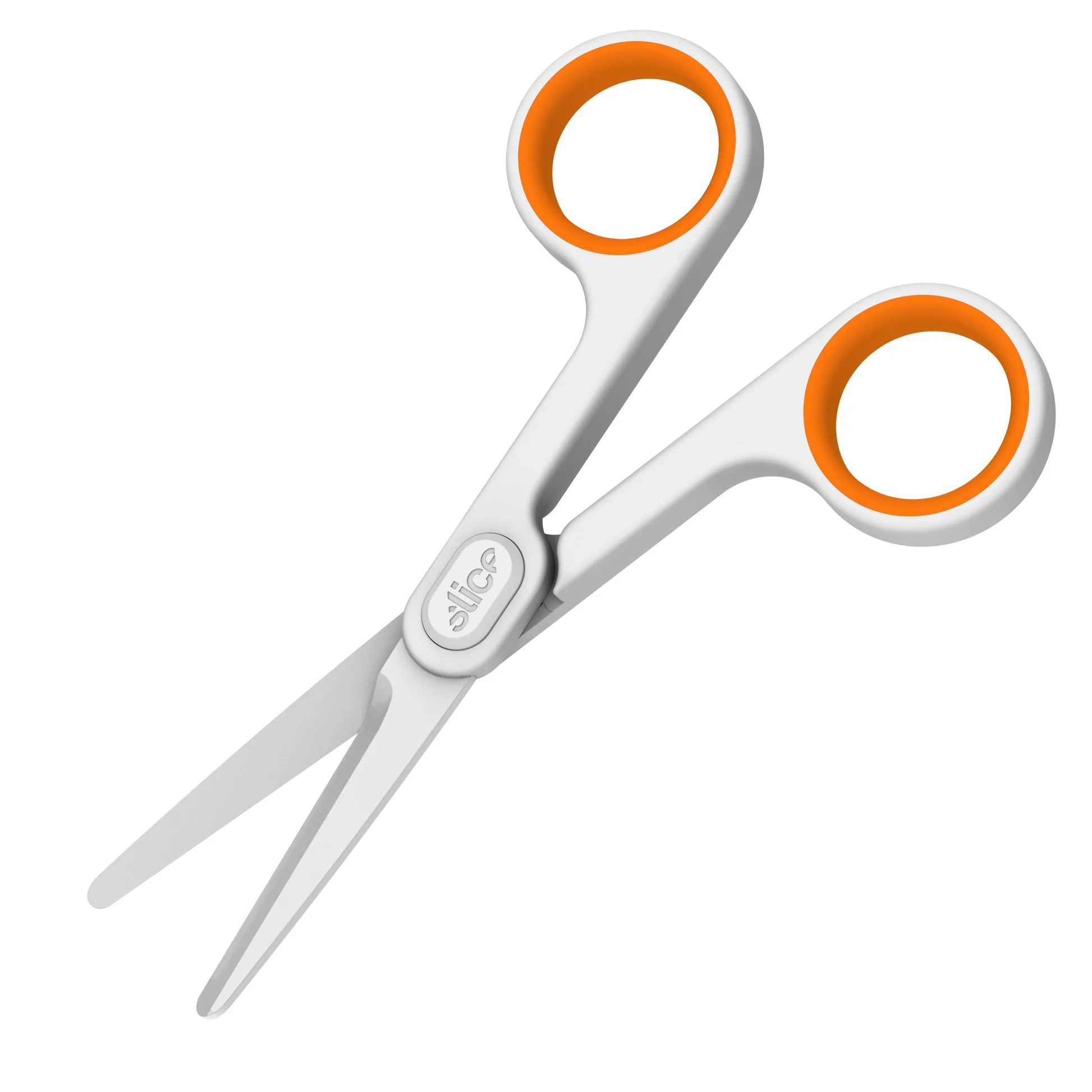Mechanical Advantage
5.0(1)
5.0(1)
Card Sorting
1/32
Earn XP
Description and Tags
Study Analytics
Name | Mastery | Learn | Test | Matching | Spaced |
|---|
No study sessions yet.
33 Terms
1
New cards
Effort Force (Fe)/Input force
The force that is pushing/pulling an object)
2
New cards
Load Force/Resistance Force( Fl) or (Fr)
the force that is being acted upon/the force that is being lifted
3
New cards
True or False: Weight is a unit of force
True
4
New cards
Effort Distance:
The effort forces distance from the fulcrum
5
New cards
Load Distance
The load forces distance from the fulcrum
6
New cards
What does a mechanical advantage of 2 mean?
The effort distance is twice as large as the load distance; the load force is twice as large as the effort force
7
New cards
Is more effort force required if the load distance is greater?
Yes
8
New cards
What is mechanical advantage?
How useful or helpful a machine is;
9
New cards
True or False: The mechanical advantage has units
FALSE
10
New cards
What is Ideal Mechanical Advantage (IMA) and what is used to calculate it?
The theoretical mechanical advantage; Uses effort and load distance
11
New cards
What is Actual Mechanical Advantage (AMA) and what is used to calculate it?
Realistic Mechanical advantage; takes into account energy loss, wind resistance, etc. Uses effort and load force
12
New cards
What is the formula for AMA?
Load force divided by effort force
13
New cards
What is the formula for IMA
Effort distance divided by Load distance
14
New cards
True or False: AMA will always be greater than IMA
False; AMA will always be less than
15
New cards
How do you calculate the efficiency of a machine?
AMA divided by IMA; will never be 100 percent
16
New cards
What is considered a mechanical advantage?
If the MA is less than 1
17
New cards
What does a mechanical advantage of 0.25 or 1/4 mean?
4x more effort force is required; Effort distance is 4x closer to the fulcrum than the load distance
18
New cards
Why operate a machine with a mechanical advantage of 1?
To lift a load as high as possible with the least amount of effort
19
New cards
What is the mechanical advantage if the effort distance is 6 cm and the load distance is 12cm?
1/2
20
New cards
What is moment
Rotational force ; Force times distance

21
New cards
How does moment work in a first class lever?
Load force causes moment in one direction; effort force causes moment in the opposite direction
22
New cards
How do you increase the magnitude of a moment?
Increase the distance
23
New cards
How can a 4kg and 5 kg stack of bricks balance?
The 4kg stack is 5 spaces away; the 5kg stack is 4 spaces away from the fulcrum
24
New cards
What are characteristics of a first class lever?
The load and effort distance are on opposite sides of the fulcrum; the effort and load force are exerted in the same direction
25
New cards
What are characteristics of a second class lever?
The fulcrum is on the end; The load force is exerted in the middle; the effort distance is always greater than the load distance; Effort and load forces are exerted in opposite directions; Effort is on the end
26
New cards
What are characteristics of a third class lever?
Fulcrum is on the end; Effort and load forces are exerted in opposite directions; Effort force is always closer to the fulcrum than the load force; Load is on the end
27
New cards
True or False: The Mechanical Advantage of a third class lever will always be greater than 1?
False: the MA will always be less than 1 since the effort force is closer to the fulcrum
28
New cards
What is the MA of a second class lever?
MA>1
29
New cards
What class lever is the most efficient?
2nd; the effort distance is always farther away meaning less force is required to lift the load
30
New cards
Classify the lever?
2nd class

31
New cards
Classify the lever
2nd class

32
New cards
Classify the lever
3rd class

33
New cards
Classify the lever
1st class
